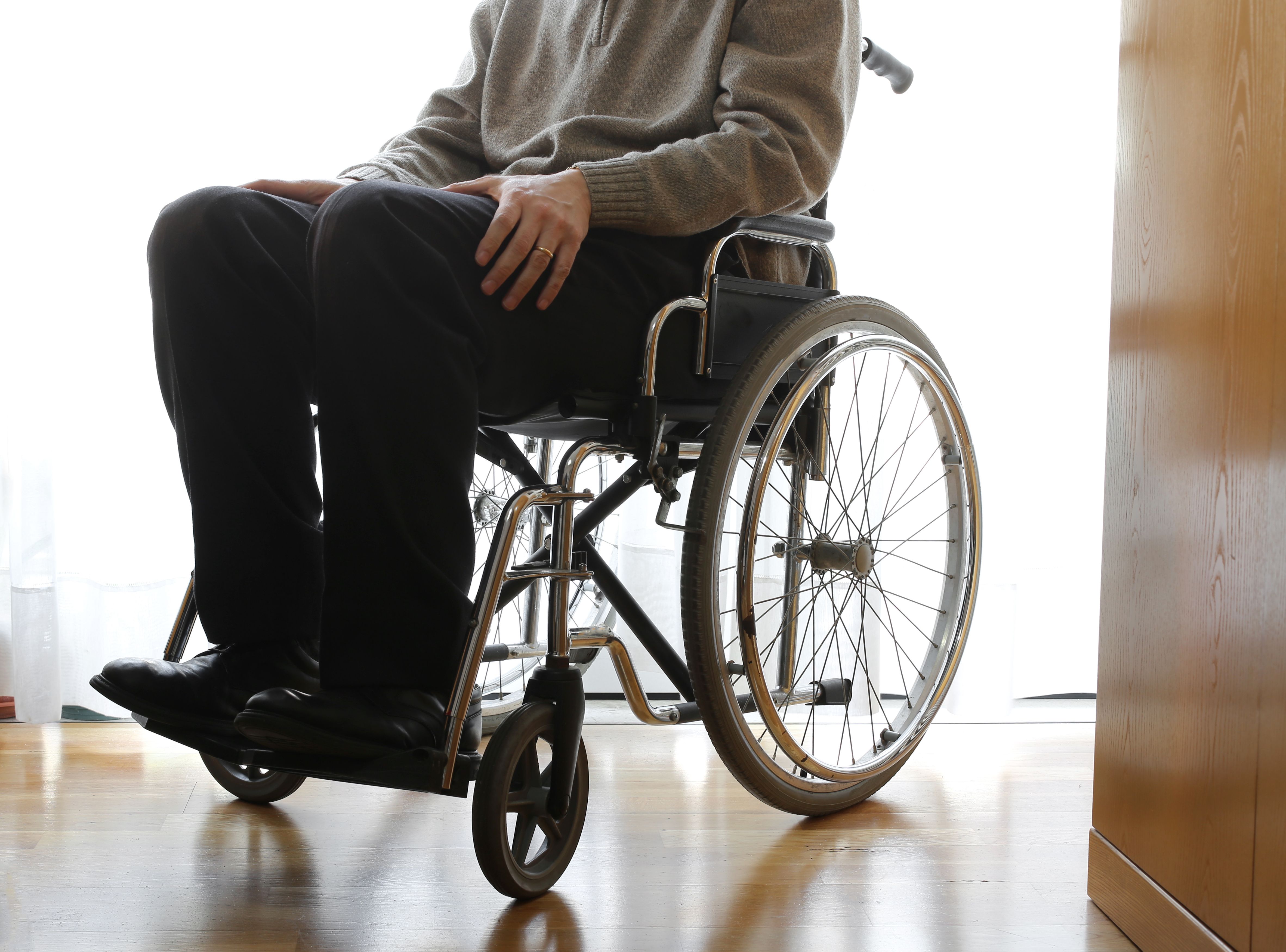News
Article
Patient-Reported Pain Improvement Linked With Remission in Rheumatoid Arthritis
Author(s):
Pain improvement was associated with remission or low disease activity in patients undergoing treatment for rheumatoid arthritis, a study found.
A recent study highlighted an association between pain improvement and remission or low disease activity in patients undergoing treatment for rheumatoid arthritis. The findings were presented at the European Alliance of Associations for Rheumatology (EULAR) 2024 Annual European Congress of Rheumatology.1
Researchers used data from the international RA-BE-REAL study, an ongoing 3-year, observational, prospective study of adults with rheumatoid arthritis beginning treatment with baricitinib or any other biologic or targeted synthetic disease-modifying antirheumatic drugs (DMARDs). In 2-year data from European patients in the RA-BE-REAL study, patients treated with baricitinib discontinued treatment less frequently and a higher proportion experienced low disease activity than those treated with tumor necrosis factor (TNF) inhibitors or drugs with other mechanisms of action.2
In the study presented at EULAR 2024, researchers aimed to identify associations between patient-reported pain and remission or low disease activity at 3 months in a cohort of 673 patients in the RA-BE-REAL study with data on disease activity available.1
“In patients with inadequate response to methotrexate, baricitinib-treated patients with rheumatoid arthritis reported significantly greater and more rapid pain relief than patients treated with adalimumab and placebo,” the authors noted.
In a study presented at EULAR 2024, patient-reported pain was linked with remission or low disease activity at 3 months among patients in the RA-BE-REAL study. | Image credit: Evrymmnt - stock.adobe.com

Patients were divided into 3 cohorts: those who started treatment with baricitinib for the first time (cohort A), those who received a TNF inhibitor (cohort B-TNFi), and those who received a treatment with any other mode of action (cohort B-OMA), including other biologic or targeted synthetic DMARDs. Patient-reported pain was measured with the visual analogue scale (VAS; 0-100 mm), and the authors assessed the proportions of patients with 30%, 50%, and 70% or better pain improvements from baseline. They also assessed the proportion of patients reporting pain VAS of 10 mm or less, 20 mm or less, and more than 20 mm. The clinical disease activity index (CDAI) measured disease activity, with remission defined as CDAI of 2.8 or less and low disease activity defined as a CDAI of less than 10.
Across the cohorts, 84% to 97% of patients reported at least moderate pain, or a VAS greater than 20 mm, at baseline. Those in cohort B-TNFi were more often naïve to other biologic or targeted synthetic DMARDs. A higher proportion of patients receiving baricitinib experienced improvement across pain measurements compared with cohort B-OMA, and a higher proportion of baricitinib-treated patients experienced pain improvements of 50% or 70% or greater compared with cohort B-TNFi.
Overall, 81%, 79%, and 71% of patients in cohort A, cohort B-TNFi, and cohort B-OMA, respectively, experienced pain improvement of at least 30% at 3 months. Additionally, 67%, 62%, and 57% of patients in cohort A, cohort B-TNFi, and cohort B-OMA, respectively, reported pain improvement of 50% or greater; 46%, 40%, and 41%, respectively, reported pain improvement of 70% or greater at 3 months.
Notably, pain VAS from baseline to 3 months improved among patients who experienced remission or low disease activity across the cohorts, with a higher mean change from baseline among those in cohort A (–32.6 mm) vs cohort B-TNFi (–27.3 mm) and cohort B-OMA (–28 mm).
“The analyses highlight the association between achievement of pain improvement and that of remission or low disease activity,” the authors concluded. “Patients treated with baricitinib besides having longer disease duration and higher number of previous [biologic or targeted synthetic] DMARDs are more likely to achieve pain control than patients receiving TNFi/OMA. Almost half the patients who achieved remission/low disease activity and who had baricitinib treatment achieved ≥70% pain relief.”
References
1. Taylor P, Fakhouri W, Ogwu S, et al. Association between patient-reported pain and achieving remission or low disease activity at 3 months in patients with rheumatoid arthritis from the RA-BE-REAL study. Poster presented at: EULAR 2024 Congress; June 12-15, 2024; Vienna, Austria. Poster OP0086.
2. Alten R, Burmester GR, Matucci-Cerinic M, et al. Comparative effectiveness, time to discontinuation, and patient-reported outcomes with baricitinib in rheumatoid arthritis: 2-Year data from the multinational, prospective observational RA-BE-REAL study in European patients. Rheumatol Ther. 2023;10(6):1575-1595. doi:10.1007/s40744-023-00597-3




